Today we explored another town on the Elsa River. Casole lies about 10 miles away from Colle ei Val D’Elsa, but takes about 30 minutes to drive. On our way to Casole, we stopped at Caseificio Nuovo—a family-run cheese factory. We learned that the economy of this area is mainly small “industry”—business. A business that employs 11 or more people is considered an industry. This cheese factory had 15 employees, all family members. They get fresh milk every morning from local farmers to start the day’s process. Two things I found interesting is that most of their cheese is made from sheep’s milk. Mozzarella is the only cheese made from cows’ milk. Also, ricotta is made from the whey left over from pressing the cheese by hand. We saw every step of the process, the different aging rooms, and tasted the different types of cheese they make. They also sell cheeses, and customers were coming in while we were touring and tasting.
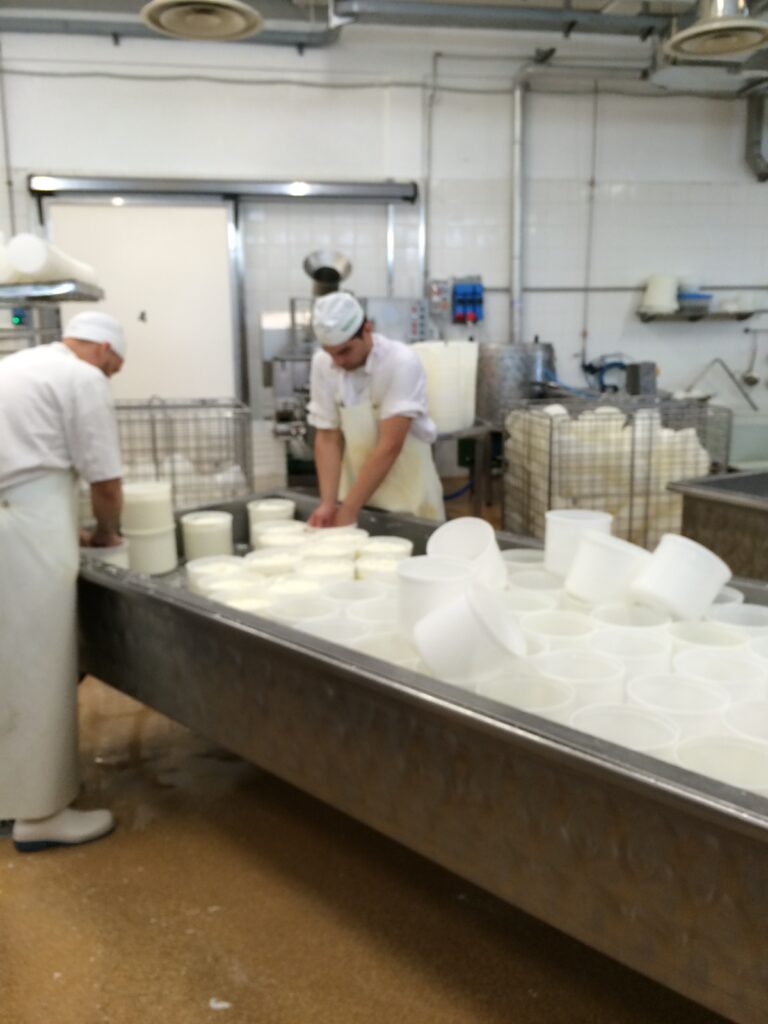
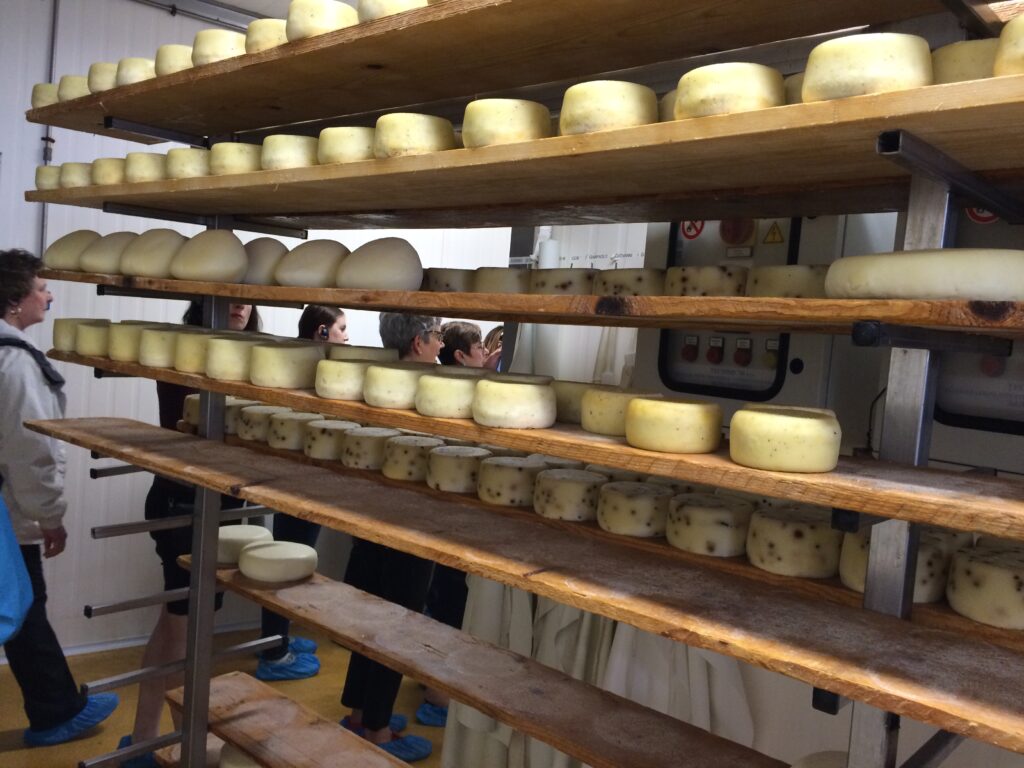
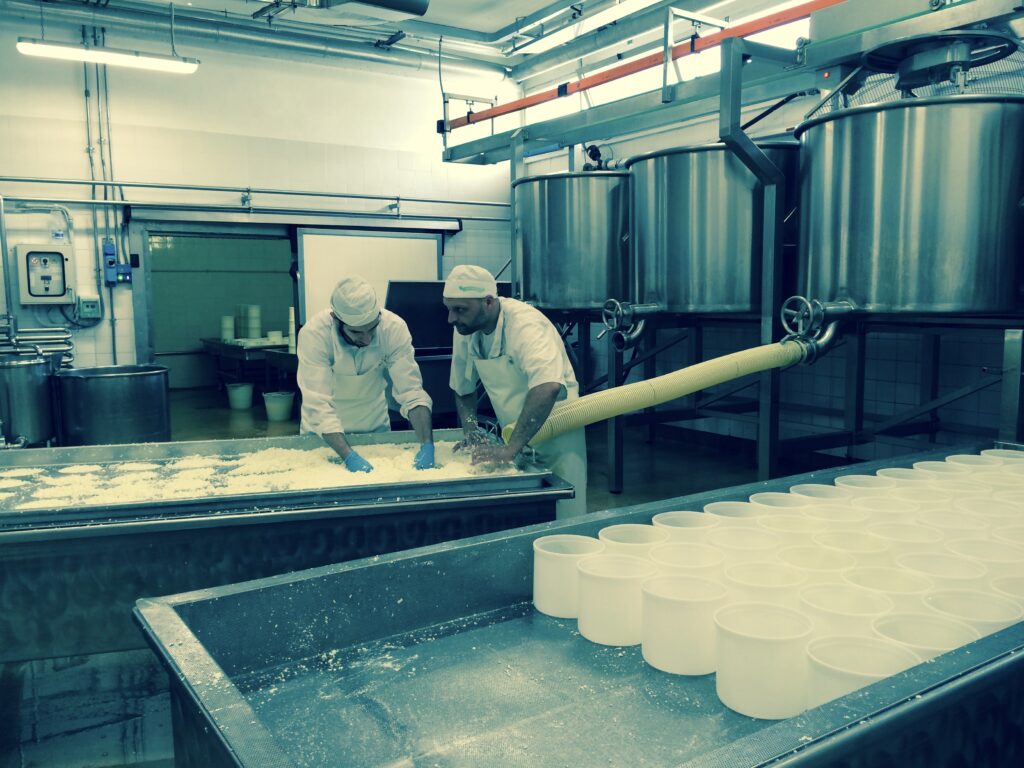
Then we continued on our way to Casole d’ Elsa, which means little houses on the Elsa. It is a medieval village on top of a hill. We took two lifts from the parking area to arrive at the village. Originally an Etruscan settlement, more than 40 Etruscan tombs have been discovered in this area.

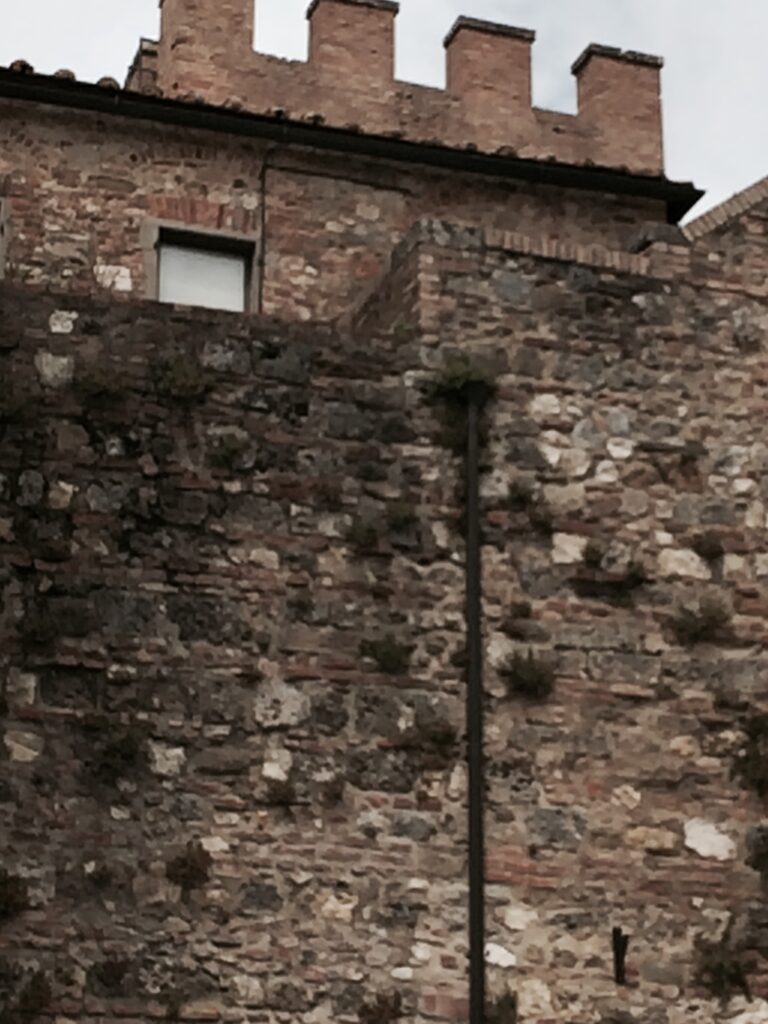
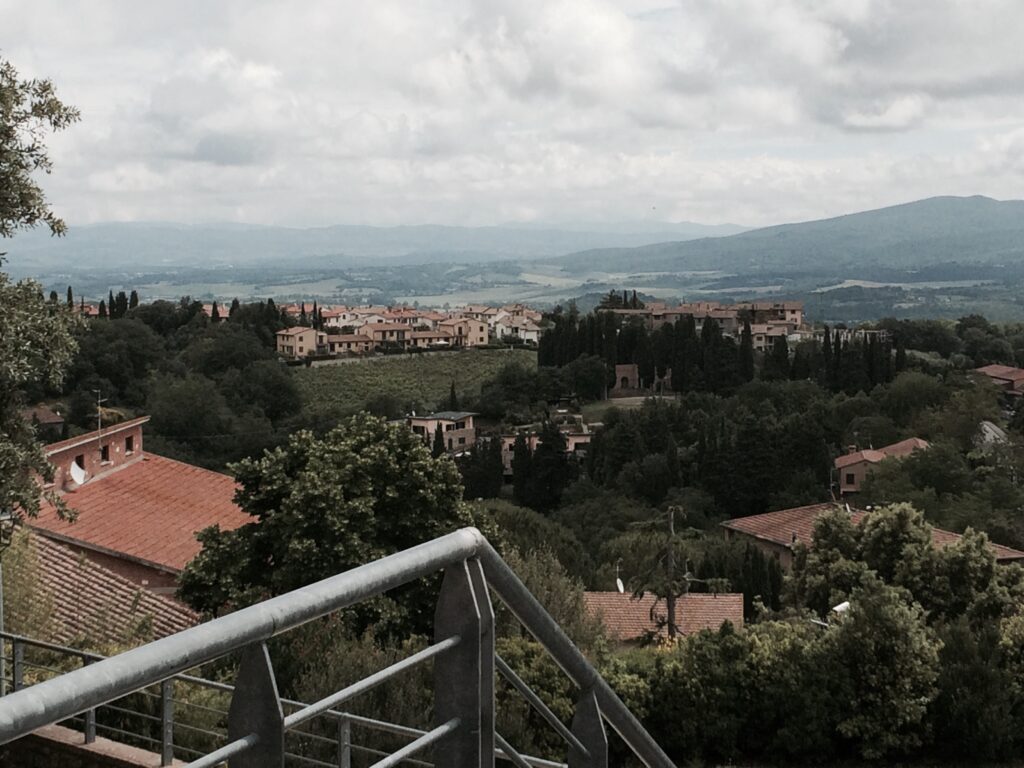

The Etruscans buried people with all the things they would need in the next life because they believed that when a person died, they just moved on to a new life. So many artifacts have been found in the tombs.
We started touring at the Town Hall (Rocca Senese). It is part of the remaining wall and Castle dating from 1352. It is covered with various Coats of Arms from the ruling families over the ages. From there we went to The Collegiata of St Maria Assunta, (Collegiate Church of St Mary of the Assumption) consecrated in 1161. The Collegiata has beautiful frescos by Marco Romano, Gano da Siena, and Rutilio Manetti. There are two large burial monuments from the 1300s: the Cenotaph of Messer Porrina, made by Marco Romano, and the tomb of the bishop Tommaso Andrei, sculpted by Gano di Fazio. The altarpiece by Giovanni della Robbia is notable as well. Beside the church in the Rectory is the archaeological museum with numerous Etruscan artifacts from the surrounding tombs.
Another church nearby, the Church of San Niccolo, is Romanesque with two circular apses. Dating from the 14th century, It is decorated with frescos by Rustichino from the 17th century. At the high altar stands a 14th century Madonna. It is now used as a burial chapel.
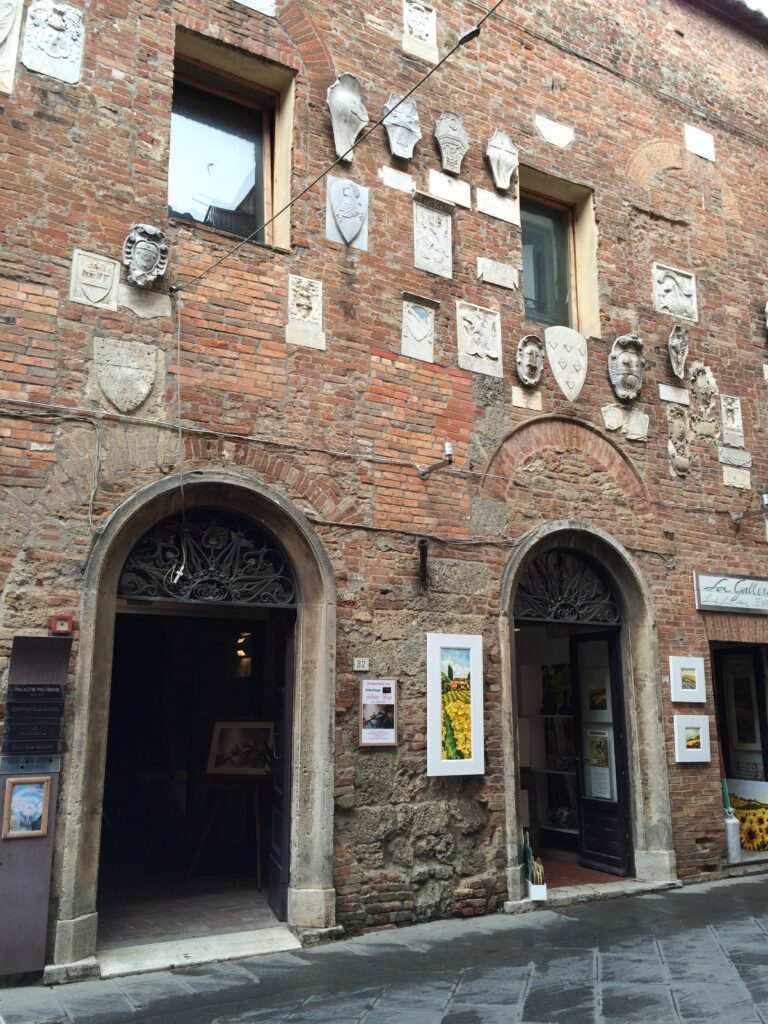
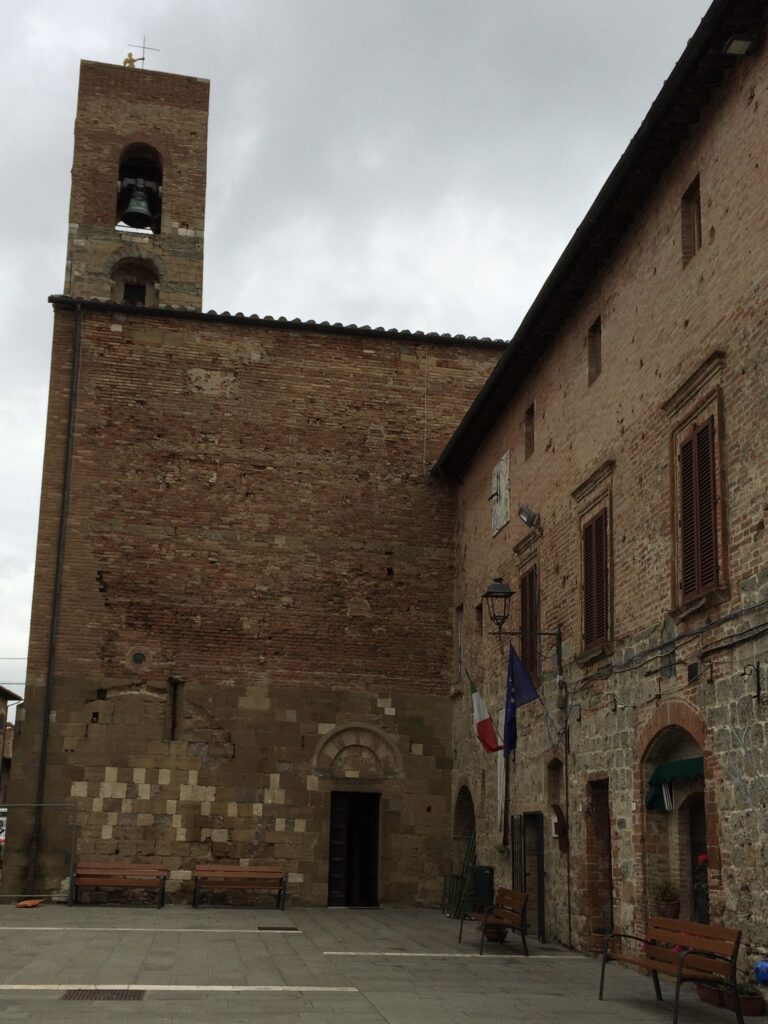
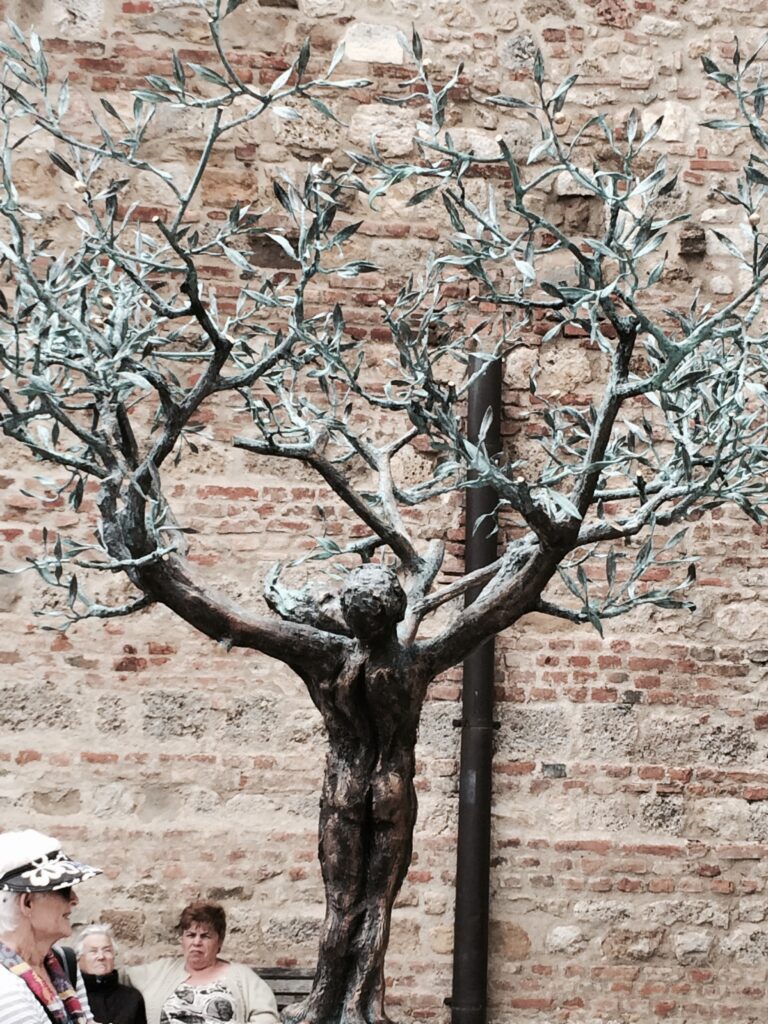
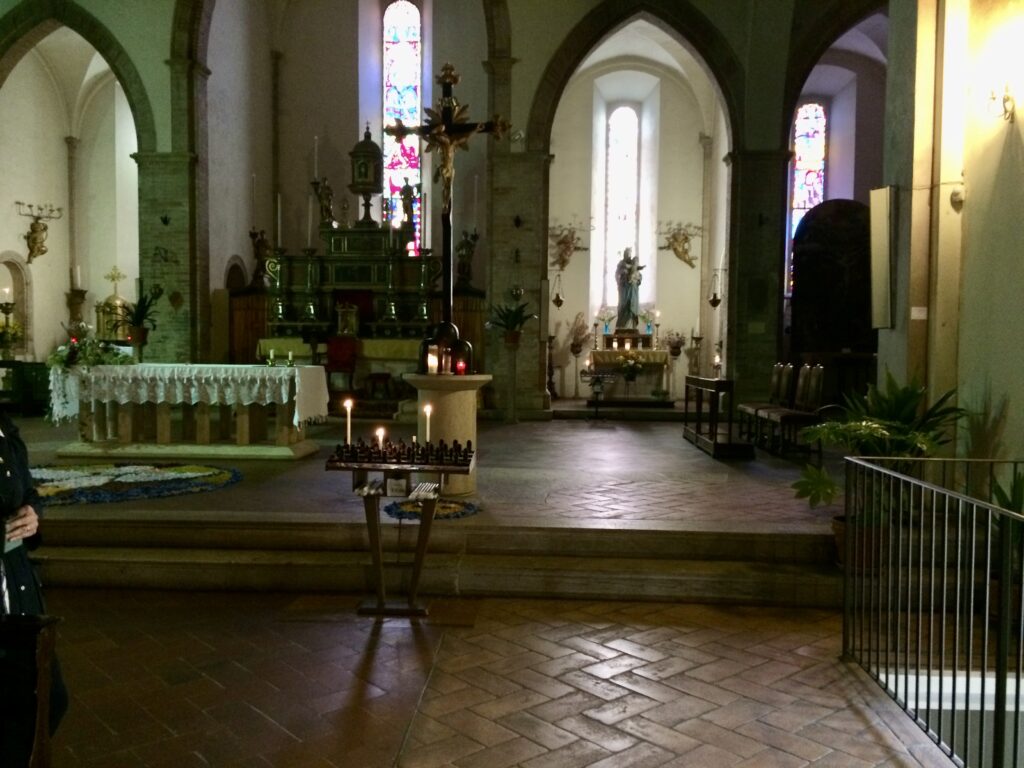


The village has become an artists’ colony with many small shops and lots of art. After enjoying the town, we ate at a local restaurant overlooking the Tuscan valley. We had an antipasto buffet and then sampled three different pizzas; then we had a banana cream dessert followed by espresso.
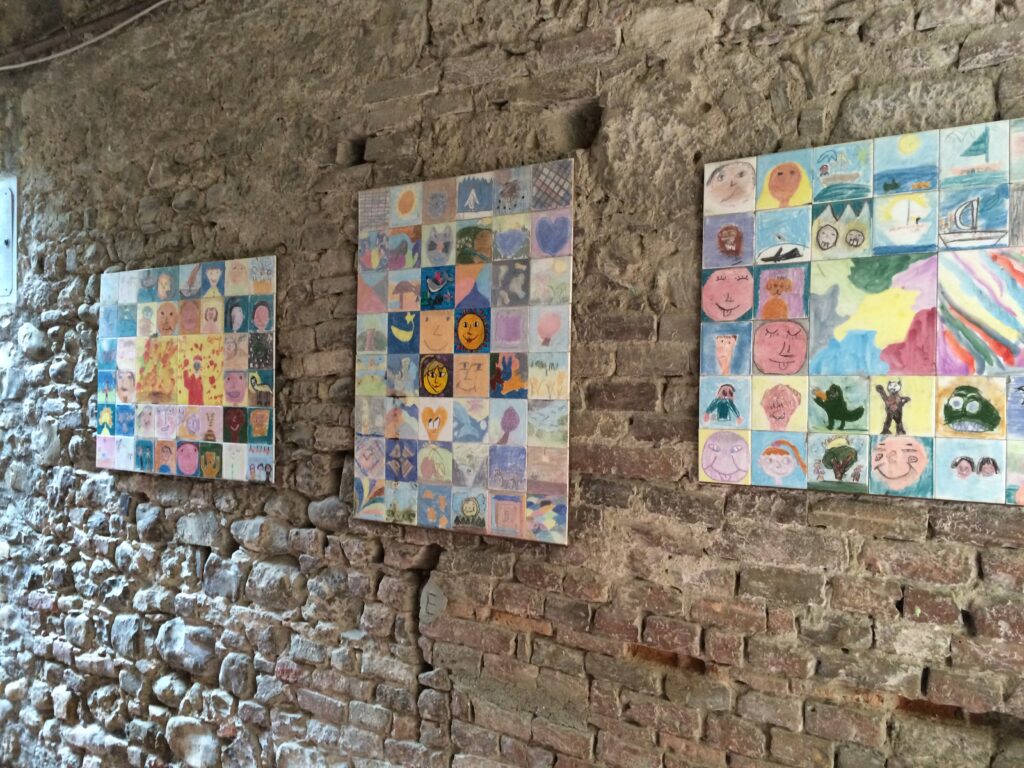
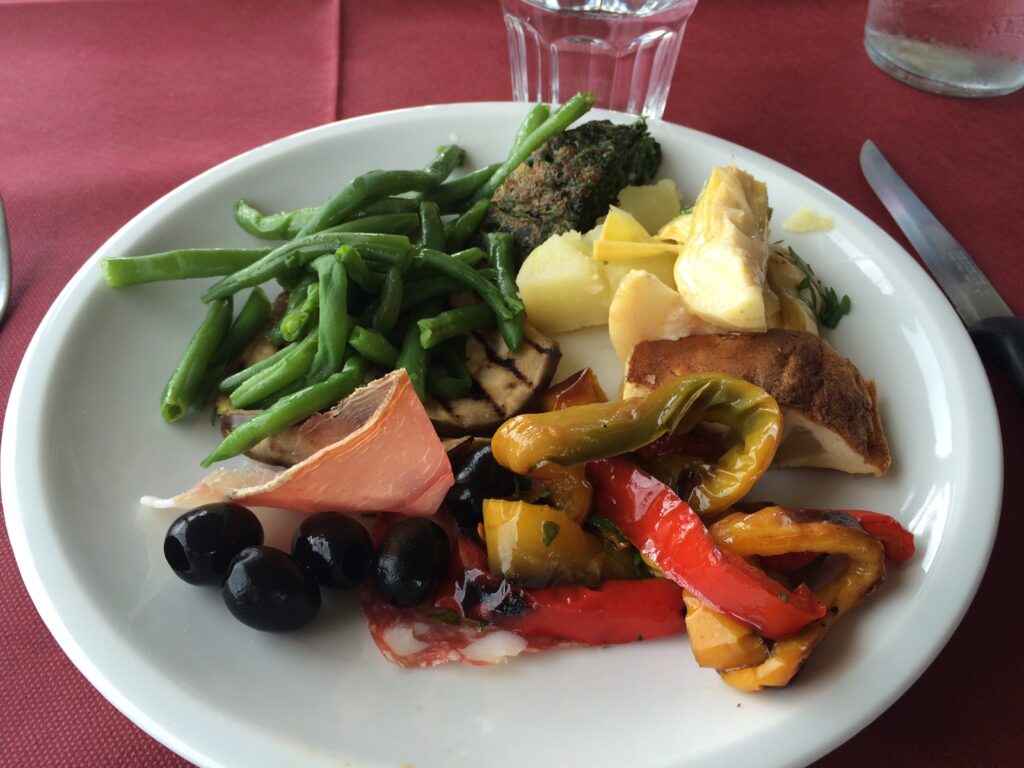
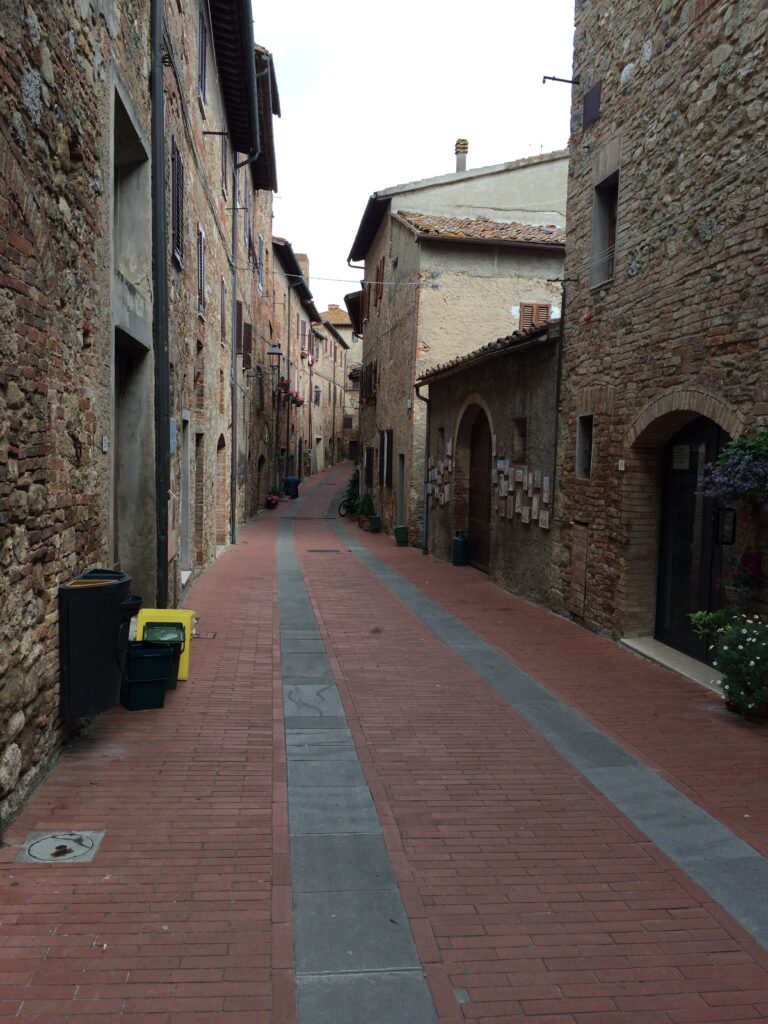

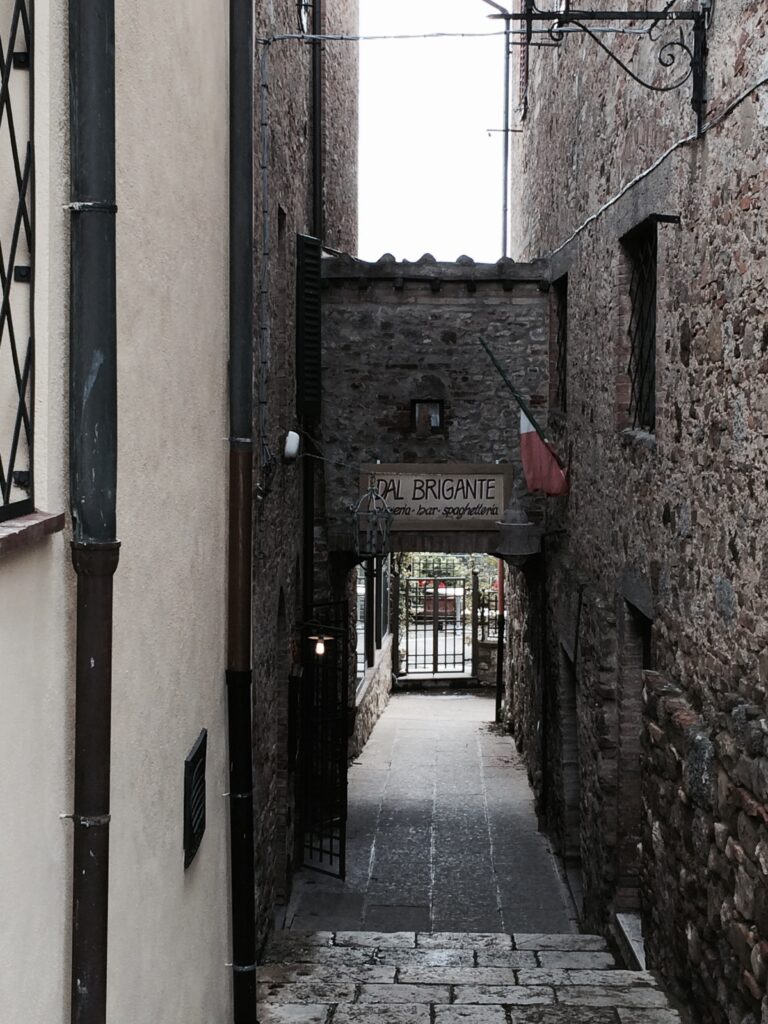
While driving to Casole, we passed a group of pilgrims walking. They were of all ages. They were following the medieval trail called the “Via Francigena” which goes from Canterbury to Rome. It is the same one that passes through Colle di Val D’Else. Today mostly people go from Bourg St. Pierre, Switzerland, to Rome. In front of the town gate is a map of the Via through Tuscany.
Next is Siena.
Leave a Reply